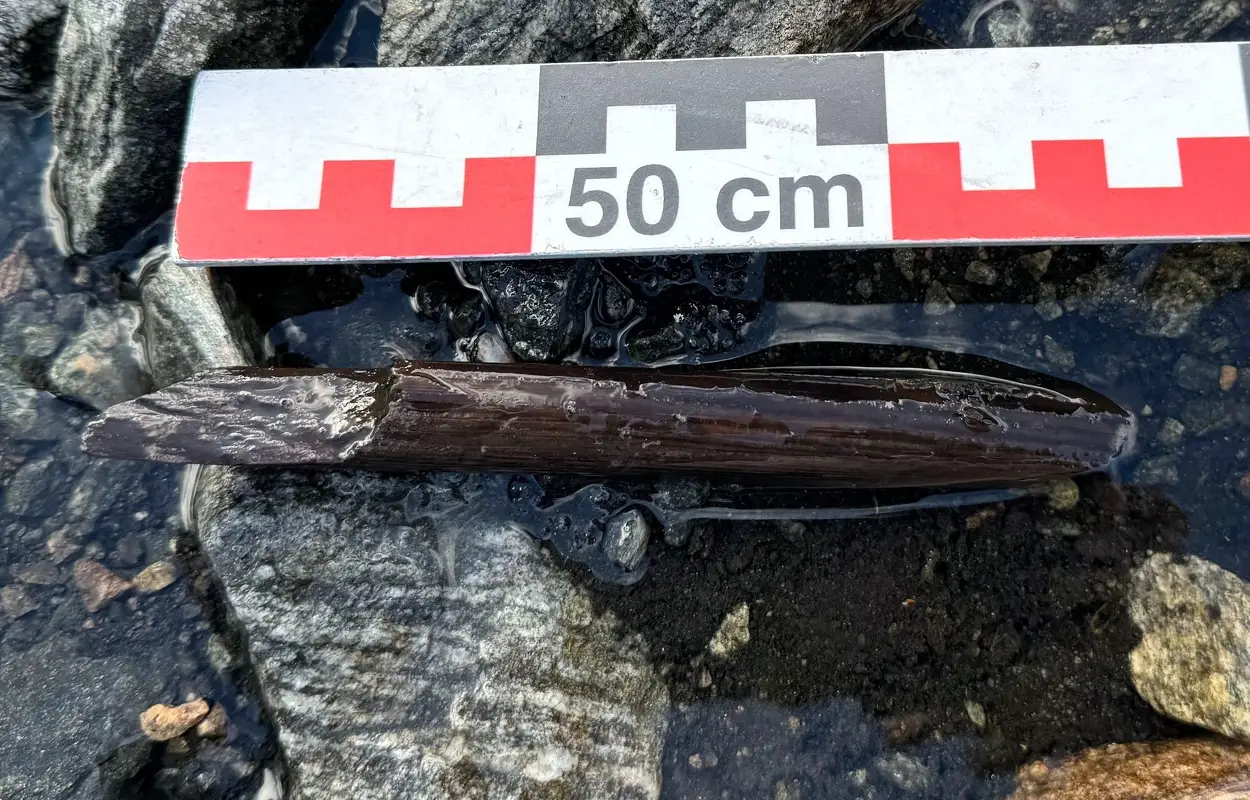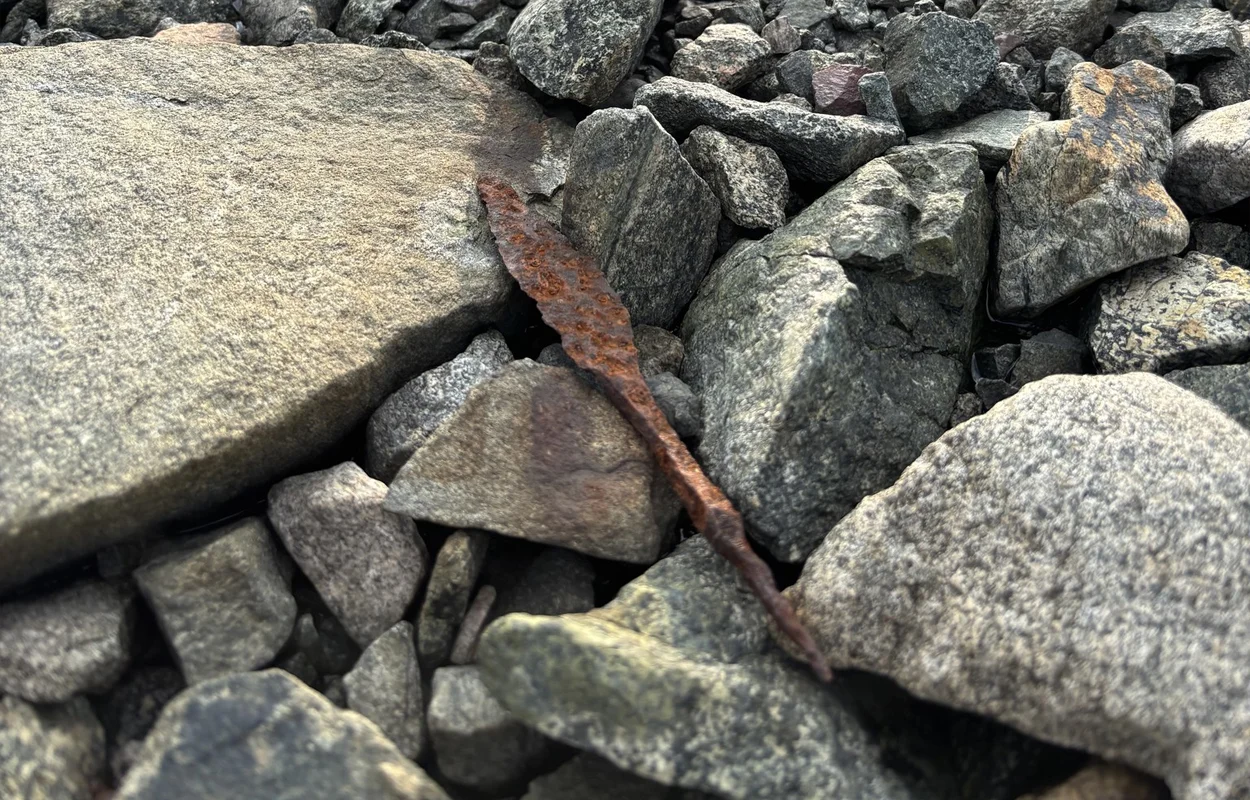Archaeologists from Secrets of the Ice, a groundbreaking glacier archaeology project, have made several significant discoveries in the Jotunheimen National Park, Norway.
Secrets of the Ice is a joint initiative by the Innlandet County Council and the Museum of Cultural History in Oslo.
The project recovers artefacts emerging from melting ice patches for scientific study while also raising public awareness of glacial archaeology and climate change.
During the 2025 season surveying ice patches in the Jotunheimen National Park, researchers from Team Two have unearthed an iron arrowhead lying on loose scree at the edge of melting ice.
According to experts, the arrowhead is over 1,000 years old and was likely lost during an expedition hunting reindeer on the mountainside.
The arrowhead follows Team One’s announcement of a Viking Age packhorse net, along with a small wooden fragment uncovered at an ice patch first identified through aerial photography.

Team One also just announced the discovery of a broken wooden artefact which could be part of a shaft or a composite bow, a form of laminated bow traditionally made from horn, wood, and sinew.
In recent years, the project has uncovered a wide range of hunting equipment, including a 1,500-year-old cache of scaring sticks, a remarkably preserved flag crafted from radially split pine, as well as arrows, bows, and even a spear.
The team has also unearthed domestic artifacts that shed light on the lives of those who once crossed these perilous mountain passes. Among these finds are items linked to transport and clothing, such as a wooden whisk, a woven Viking mitten, a 3,400-year-old hide shoe, and several complete tunics dating back to the Iron Age.
Header Image Credit : Secrets of the Ice
Sources : Secrets of the Ice





